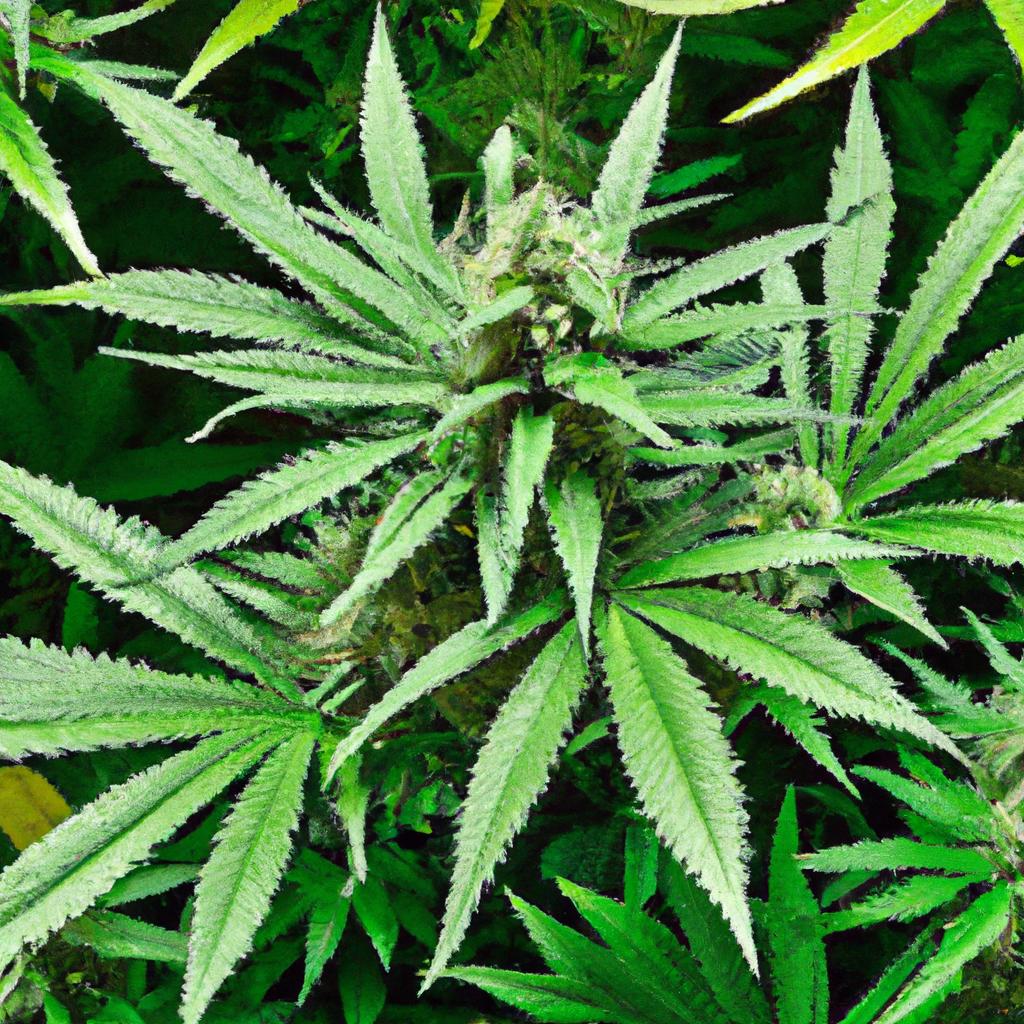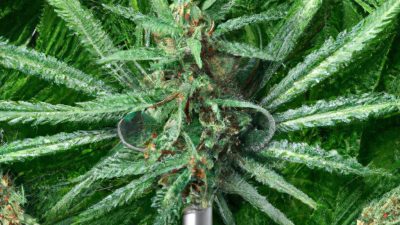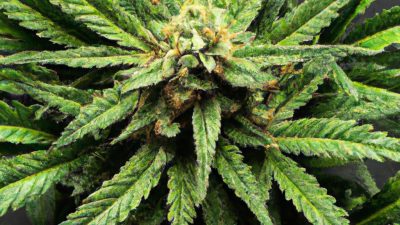
Designing a Clean-in-Place Extraction Workflow for Cannabis Processing
The rapidly evolving cannabis industry is driven by innovation in cultivation, science, and post-processing technology.One critical aspect that cannabis processors continuously focus on is efficiency, product quality, and safety during extraction. Designing a clean-in-place (CIP) extraction workflow is a game-changer for producers looking to optimize thier cannabis extraction operations. This article explores how CIP workflows integrate into cannabis post-processing, their benefits, and practical tips for designing an ideal system.
Why Clean-in-Place Matters in Cannabis Extraction
Cannabis extraction involves isolating cannabinoids, terpenes, and other valuable compounds from the raw plant material. Whether using CO₂,ethanol,or hydrocarbon extraction methods,cross-contamination and product residue buildup can severely affect product purity and extraction efficiency.
A clean-in-place extraction workflow allows equipment – such as extraction vessels, pumps, and piping – to be cleaned and sanitized without disassembling the system. This leads to:
- Improved operational efficiency: Minimized downtime for cleaning and maintenance.
- Consistent product quality: Reduces cross-contamination risks and residual buildup.
- Enhanced safety: Reduces manual cleaning exposure to solvents and chemical residues.
- Regulatory compliance: Easier adherence to GMP (Good Manufacturing Practices) and cannabis-specific regulations.
Core Components of a Clean-in-Place Extraction Workflow
Designing a triumphant CIP system in cannabis post-processing requires understanding the workflow sequence and components. Here’s a breakdown of what an effective CIP workflow includes:
1. Pre-Rinse Stage
Initial flushing with water or a mild solvent to remove residual biomass and extraction residues.
2. Cleaning Agent Circulation
Circulate alkaline or acidic cleaning agents through the system to break down stubborn organic matter and oils.
3. Intermediate Rinse
remove the cleaning agents from the system with a thorough water rinse to avoid contamination or product damage.
4.Sanitization
Use food-grade sanitizers or steam flush to eliminate microbial contaminants and ensure hygienic equipment.
5. Final Rinse and Drying
Final flush with ultra-pure water or inert gas drying to prepare equipment for the next extraction batch.
Key Keywords Considerations
When designing the CIP workflow,keep in mind thes frequently searched keywords for cannabis post processing optimization: cannabis extraction equipment,clean-in-place cannabis system,cannabis extraction workflow,cannabis processing efficiency,GMP cannabis extraction,solvent extraction cleaning,safe cannabis processing.
Benefits of Incorporating CIP in Cannabis Extraction
- Scalability: CIP systems are easily upscaled as production volumes grow, crucial for commercial-scale cannabis extraction.
- Reduced Labor Costs: Automated cleaning protocols minimize manual labor required for equipment washdowns.
- Process standardization: Ensures repeatable cleanliness standards across batches for reliable product quality.
- equipment Longevity: Proper cleaning methods extend lifespan and reduce wear on expensive extraction machines.
Practical Tips for Designing a Clean-in-Place Extraction Workflow in Cannabis Facilities
- Understand Your extraction Method: Different methods (e.g., CO₂, ethanol, hydrocarbons) require tailored cleaning agents and protocols.
- Select Compatible Equipment: Invest in stainless steel piping and vessels designed for CIP to withstand repeated chemical and heat exposure.
- Automate Cleaning Cycles: Use programmable logic controllers (PLC) to manage CIP timing, flow rates, temperatures automatically.
- train Staff Thoroughly: Make sure operators understand CIP procedures and troubleshooting for efficient workflow execution.
- Implement Regular Validation: Periodically test residue levels and microbial presence post-CIP to ensure system efficacy.
- Consider Environmental Impact: Optimize wastewater management by recycling rinse water and selecting eco-kind agents.
Case Study: Effective CIP Workflow in a Medium-Sized Cannabis Extraction Lab
XYZ Cannabis Labs implemented a closed-loop ethanol extraction system fitted with CIP capabilities. By integrating automated cleaning cycles, the lab cut downtime by 40%, increased extraction throughput by 25%, and reduced solvent losses related to residue buildup. The sanitization step effectively lowered microbial contamination rates,helping them pass audits with ease. Their CIP workflow included the following steps:
| Step | Cleaning Agent | Duration | Purpose |
|---|---|---|---|
| Pre-Rinse | Warm Water | 10 min | Remove loose plant material |
| Alkaline Wash | Sodium Hydroxide Solution | 30 min | Break down oils & resins |
| Intermediate Rinse | Purified Water | 15 min | Clear chemical residues |
| Sanitization | Peracetic Acid | 20 min | Eliminate microbes |
| Final Rinse & Dry | DI Water & Nitrogen Gas | 10 min | prepare for next batch |
Common Challenges and How to Overcome Them
Even with a well-designed CIP system,cannabis processors face challenges such as:
- Incomplete Residue Removal: Use higher temperatures or adjust cleaning agent concentration for stubborn residues.
- Equipment Compatibility Issues: Verify all components are resistant to cleaning chemicals to avoid corrosion or leaks.
- Extended Downtime During CIP: Optimize flow rates and cycle times through pilot testing before scaling.
- Wastewater Handling: Collaborate with environmental specialists to treat or recycle wastewater responsibly.
Conclusion
Designing a clean-in-place extraction workflow is vital for modern cannabis processing facilities striving for high product quality, operational efficiency, and regulatory compliance.By integrating automated CIP systems tailored for cannabis extraction methods – including CO₂, ethanol, or hydrocarbon techniques – processors can considerably reduce downtime, maintain cleanliness, and ensure consistent output. Implementing a robust CIP program saves time, reduces manual labor, and ultimately supports scalable growth in this competitive cannabis industry.
For cannabis businesses aspiring to elevate their extraction processes, investing in well-designed CIP workflows is an essential step towards sustainable, safe, and high-quality cannabis product manufacturing.





